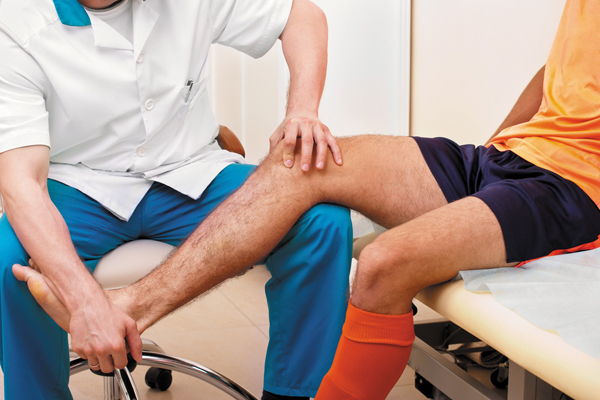tu

f you have joint pain, then you know how much it can put damper on your daily routine and the activities you enjoy! Sometimes, just getting out of bed to start your day is a monumental task.When you participate in sports and recreation, you will often experience an increase in muscle soreness and it’s easy to lose motivation.
I know after 20 years of running many hard mountain trail miles, I’m starting to feel old. I just turned 50 and recovery is taking much longer. Even resting for long periods between exercise does not help. Let’s take a look at how physical therapy can increase your stamina and decrease pain and stiffness.
Feeling good is an art, especially with the inevitable aging process, and it takes the right combination of physical activity intensity, diet, and mode of exercise to make it happen. Physical therapy is a good place to start. Your body might need a good tune-up
Staying consistent with an active lifestyle is by far your best ally. Your hard-earned conditioning is much easier to lose than it is to gain.
Studies show that after the age of 25, most people gain 1 lb. of body fat every year. This is due to a lack of activity and poor diet habits combined with biology of aging. Sugar in your diet causes a cascade of inflammation and won’t help you in any weight loss goals.
As far as the joints are concerned, if you lose 1 lb. of body fat, you can gain about 3 lbs. of joint strength that will enhance your ability to undergo physical activity. Losing just 12 lbs. over 10 years will reduce your chances of osteoarthritis of the knees by 50%. That’s less than 2 lbs. per year.
It sounds easy, but is it? Only if you commit to stay active throughout your life span and improve your diet will you reap benefits.
Mode of exercise is critical when it comes to joint health.
The repeated loading and unloading in all planes of motion is what keeps joints healthy. Cartilage, like a sponge, must be used properly or it dries out and loses its slippery properties. You might end up with creaky joints and worn-out cartilage that hurts when you do simple things like going up or down stairs or sitting for too long.

Running may not be the exercise of choice for some. Walk before you can run. It’s lower impact on your joints. You might need the buoyancy properties of water to unload the joints, so swim or do a water aerobic workout. Flexibility, strength and balance can be achieved with basic yoga or Thai Chi moves or a strategic functional fitness program personalized for your specific needs. Again, your physical therapist can guide you into a custom program.
Results are promising and giving new life to people with sore knees using injections of hyaluronic acid along with physical therapy. Guided by ultrasound imagery, the injections target and help lubricate old cartilage to reduce painful joints. Many are able to function so well they are delaying the need for surgical total knee replacements.
- Find a repetitive activity you enjoy and can do without pain and do it thirty minutes a day. This will help you lose weight and promote joint health.
- Gradually strengthen your muscles around the joints.
- Consider diet change and supplements such as glucosamine and chondroitin sulfate, boswellia, quercitin and omega-3 fatty acids. Avoid pro-inflammatory sugars in your diet!
- Ask your doctor about hyaluronic acid and/or platelet-rich plasma injections
- Consult your physical therapist to guide you on your “feel good plan.”


